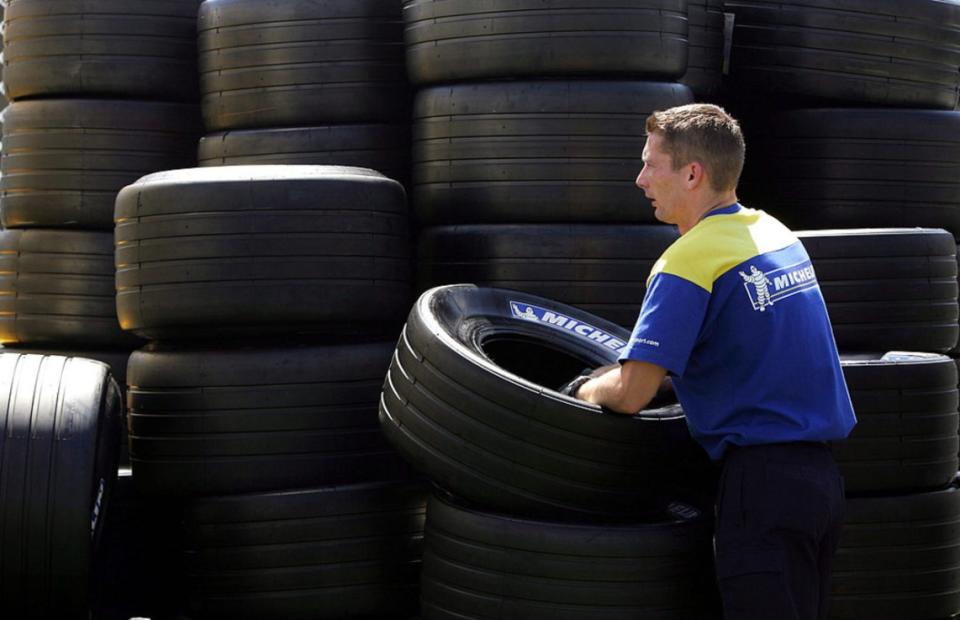Michelin nearly doubles UK profit as tyre price rises accelerate sales

The UK arm of tyre giant Michelin has almost doubled its pre-tax profit as it fought off the rising cost of production by upping its prices.
Michelin’s UK business, which is part of the wider group headquartered in France, saw its pre-tax profit almost double to £15.7m in 2023 , from £7.9m in the previous 12 months, according to results that have just been filed with Companies House.
The boost came as the company’s UK turnover grew to £530m, up from £511m in the year before.
Michelin said it was able to make the most of its stronger sales via its “disciplined” pricing strategy, which helped to offset the rising cost of raw materials, energy and labour.
In statement published on Companies House, the Stoke-on-Trent headquartered arm said: “Turnover has increased by 3.7 per cent compared to 2022, mainly resulting from a positive price/mix effect and reflecting firm price discipline at a time of increasing raw materials prices, energy, labour, and other costs.
“UK sales are up 4.5 per cent on the previous year. In the UK original equipment market turnover is up 10 per cent on the previous year, reflecting both the increase in volumes and the price strategy.
“Replacement market volumes are down five per cent but turnover is up 3.1 per cent due to a better product mix compared to the previous year and as a result of the pricing strategy.
“Exports have decreased compared to 2022 (down 18.6 per cent) due to lower production volumes in the Stoke factory.
“The company’s pricing strategy has partly offset the rising raw material, energy, labour, and other costs and the reduction in volumes.
“There is an operating profit before exceptional items of £13.5m compared to £14.8m in 2022.”
Last year’s pre-tax profit growth followed a year of mixed results for Michelin’s UK division.
In 2022, despite achieving a higher turnover than the 12 months before, the company’s pre-tax profit shrunk significantly from £22m to £7.9m.
Sales and profit dips at Michelin’s parent company
Michelin’s parent company, which is headquartered in Clermont-Ferrand, France, saw its sales nudge down to €28.3bn (£23.9bn) in 2023 from €28.5bn (£24.1bn) the year before.
Its pre-tax profit also dipped slightly to €2.4bn (£2bn) from €2.6bn (£2.2bn) in 2022.
The company said its performance had been impacted by reductions to its inventories in every dealer channel, with its European arms hit especially hard.
However, by the end of the year Michelin said that inventories had returned to normal levels and that “sell-in demand was now expected to move more closely in line with sell-out”.
In its annual report the company said: “Sell-in demand contracted by 7 per cent year-on-year in Europe, where an economic slowdown, particularly in Northern Europe, has led to a glut in overland freight capacity, exacerbated by the steep reduction in truck tire inventories across the supply chain throughout 2023.
“However, most dealer and fleet inventories had returned to normal levels as of year-end. In North America, demand declined by 15 per cent over the year, reflecting both particularly high comparatives and extensive dealer and fleet destocking that brought inventory levels back to normal by year-end.
“In South America, demand rose by 6 per cent over the year and remains robust, supported in particular by opportunistic dealer buying of low-cost imports.”

 Yahoo Finance
Yahoo Finance 